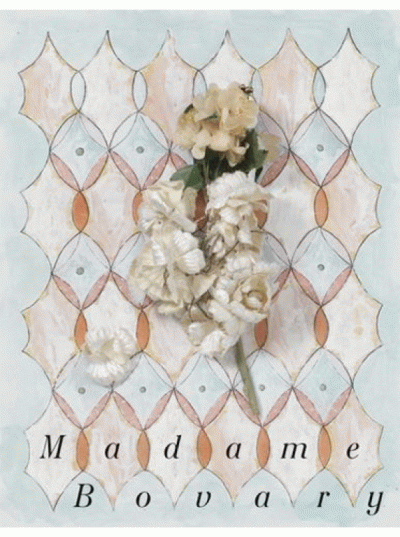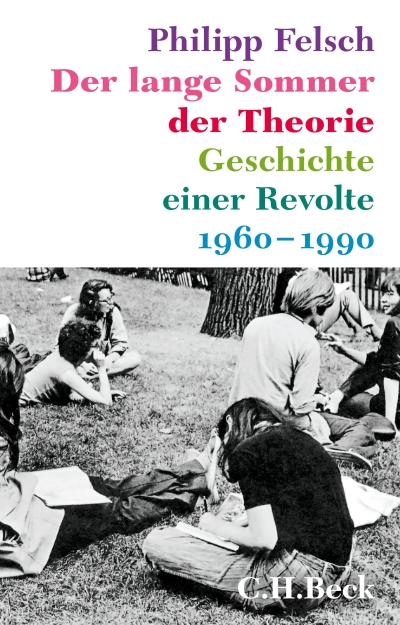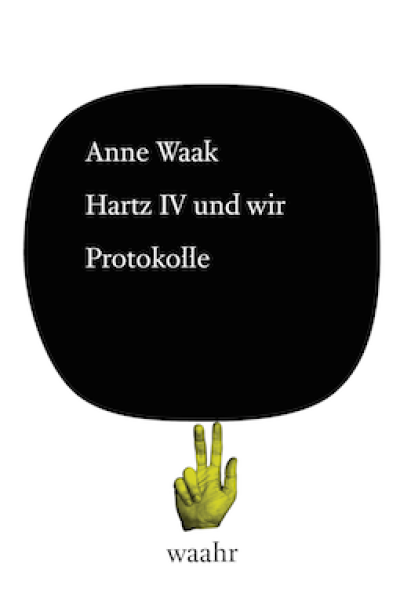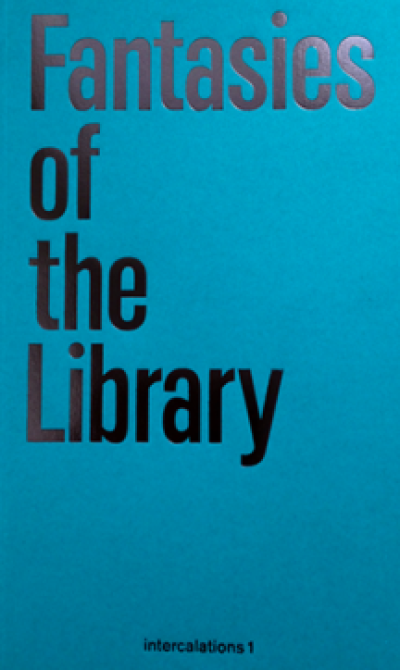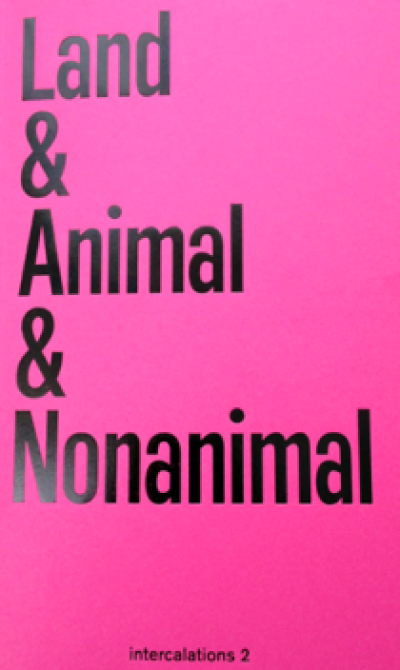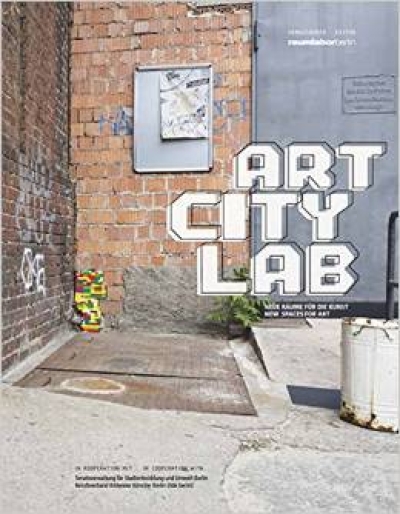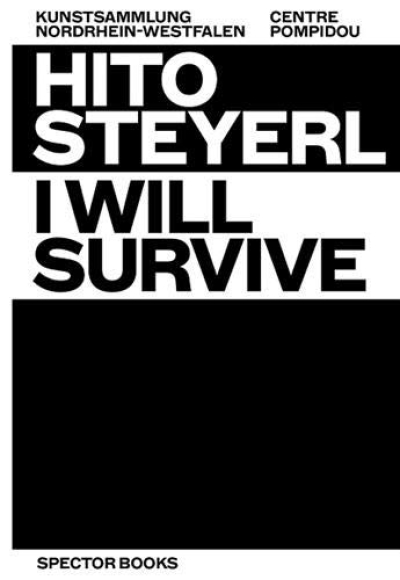
Hito Steyerl. I will Survive
Die Arbeiten und Texte von Hito Steyerl gehören zu den zentralen Positionen, wenn es um die aktuelle Reflexion der gesellschaftlichen Rolle von Kunst und Museum geht, um das Experimentieren mit medialen Präsentationsformen und um die kritische Auseinandersetzung beim Einsatz von künstlicher Intelligenz. In den letzten 30 Jahren verfolgt die Künstlerin die Mutationen von Kamerabildern, vom analogen Bild und seinen vielfältigen Montagen hin zum geteilten, flüssig werdenden digitalen Bild und den sich daraus ergebenden Implikationen für die Repräsentation von Kriegen, Genoziden, Kapitalströmen. »Wir haben es nicht mehr mit dem Virtuellen zu tun, sondern mit einer verwirrenden und möglicherweise fremden Konkretheit, die wir erst beginnen zu verstehen«, schreibt Brian Kuan Wood zu den digitalen Bildwelten, die die Künstlerin vorführt. Die Publikation erscheint anlässlich der Überblicksschau von Hito Steyerl, die im Herbst 2020 im Centre Pompidou, Paris, und in der Kunstsammlung Nordrhein-Westfalen, Düsseldorf, stattfindet. Das Kooperationsprojekt wird von der Kulturstiftung des Bundes gefördert.
The positions adopted by Hito Steyerl in her works and texts are of key importance in any consideration of the contemporary role that art and the museum play in society. They are also crucial to experimental forays into different forms of media presentation and to the critical examination of artificial intelligence and its uses. Over the past thirty years, the artist has been tracking the way camera images have mutated, from the analogue image and its manifold possibilities for montage to the fluidity of the split digital image and the implications this then had for the representation of wars, genocides, and capital flows. “We are no longer dealing with the virtual but with a confusing and possibly alien concreteness that we are only beginning to understand,” writes Brian Kuan Wood of the digital visual worlds that the artist presents. The book is being published in conjunction with Hito Steyerl’s survey show, which will take place in autumn 2020 at the Centre Pompidou in Paris and the Kunstsammlung Nordrhein-Westfalen in Düsseldorf. The cooperative project is funded by the German Federal Cultural Foundation. Hito Steyerl, born 1966 in Munich, lives and works in Berlin as an artist, filmmaker, and author. Her work has been shown in numerous international exhibitions and festivals, including the Armory (2019) and the Venice Biennale (in 2019 and 2013). In 2007 she was part of documenta 12
























































































